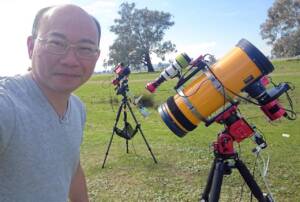
Chasing the Stars from the City: Marty Tang’s Journey
In one of the world’s most light-polluted cities, 54-year-old Marty Tang is proving that passion—and planning—can overcome almost anything. “I don’t know why, but some people are just drawn to

For Puig Nicolas, it all started at the age of 10 with a 60/700 refractor and a 114/900 reflector. His first celestial encounters — the Moon, Jupiter, and Saturn’s rings — sparked a lifelong passion.
After a few years’ break, his love for both photography and astronomy led him naturally into astrophotography. Beginning with an apo refractor and a modified DSLR, he soon transitioned to dedicated astronomy cameras — first the ZWO ASI533MC Pro, then the ASI1600MM Pro — marking the start of a new chapter under the stars.
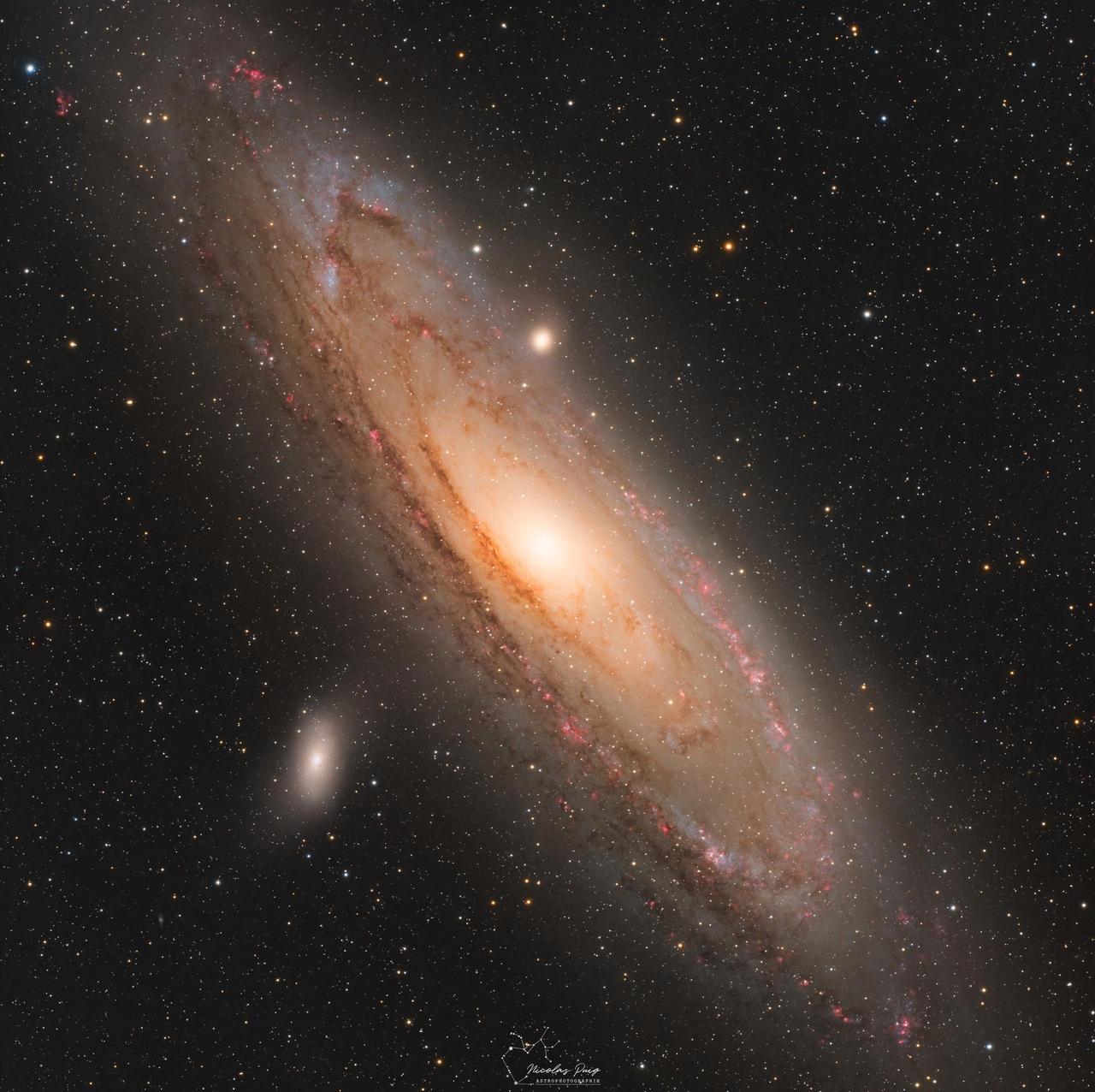

Today, Puig works with two main setups:
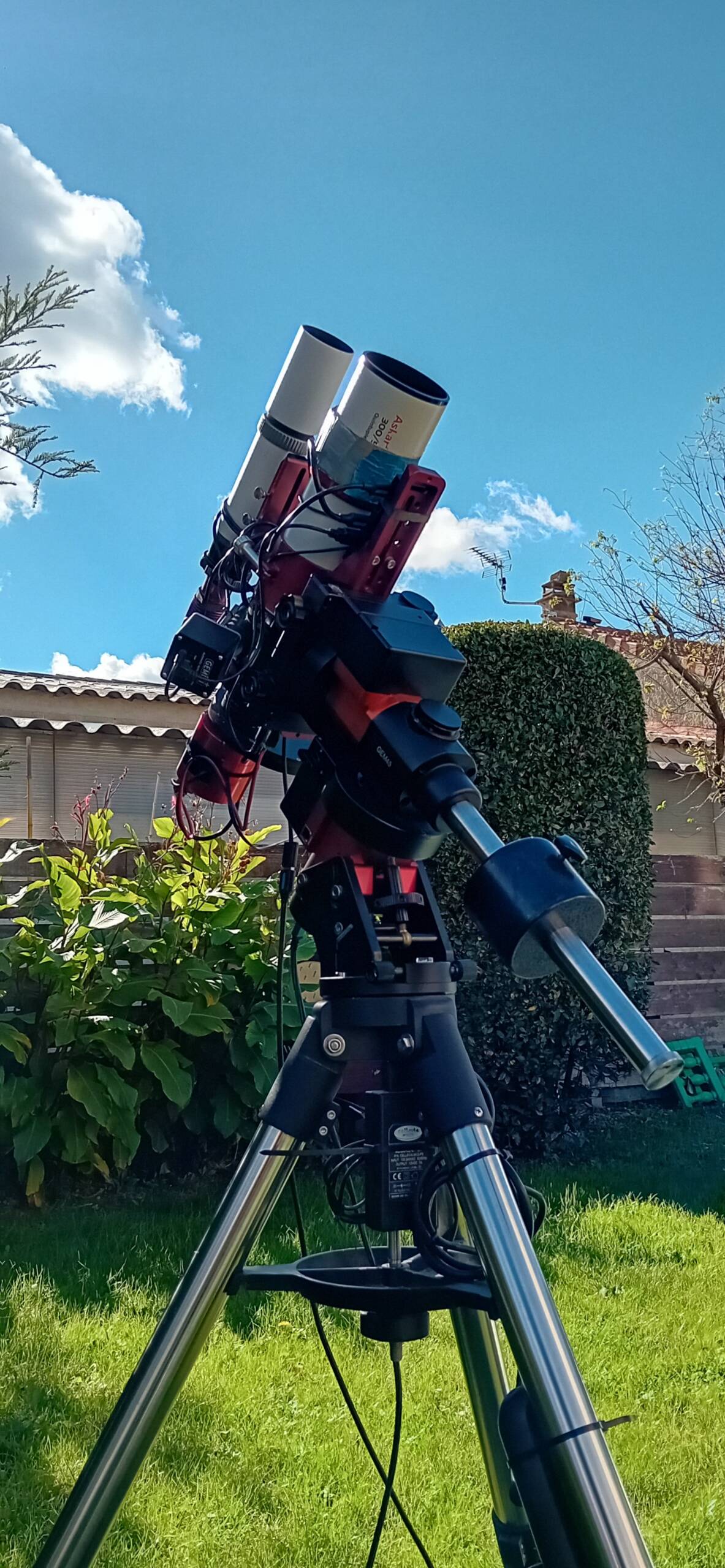
His Newtonian telescope, fast and powerful, captures exquisite details but can be sensitive to the strong winds common at his observing site. It was this very setup that earned him his first Image of the Day (IOTD) — an unforgettable milestone for any astrophotographer.
Working under a Bortle 6 sky presents constant challenges. “Some objects require an enormous amount of time on the Luminance channel,” Puig explains. “That’s why I often turn to SHO narrowband imaging, which minimizes the effects of light pollution.”
He vividly remembers the first image that appeared on his screen — the Heart Nebula (IC 1805) — captured with an Ha filter and the ASI1600. “It was a unique and unforgettable moment.”
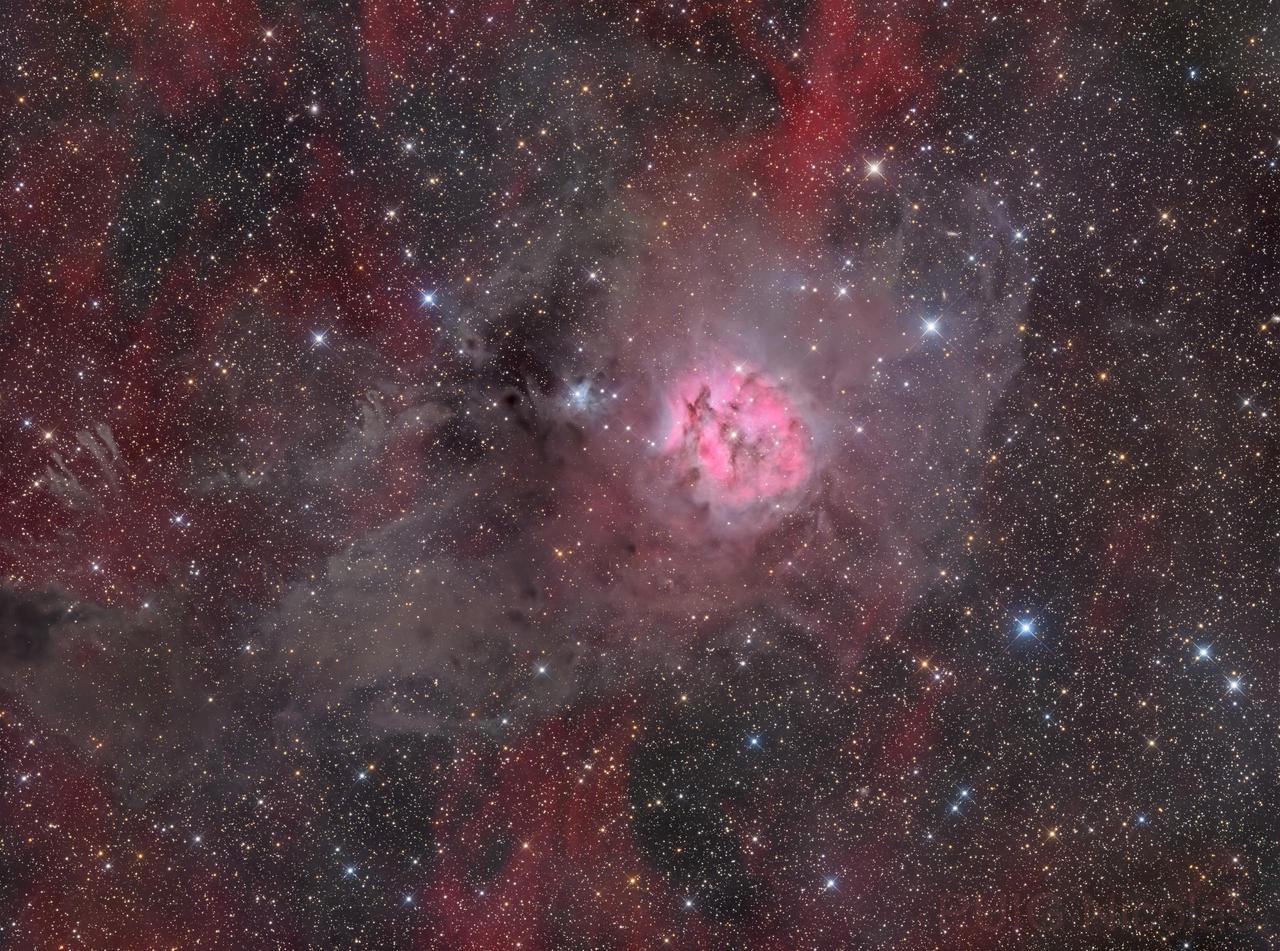

Like many astrophotographers, Puig uses PixInsight for preprocessing.
“The selection of the best raw frames using Blink and SubframeSelector is tedious but essential,” he says. “It’s the only way to ensure maximum signal and detail.”
He acknowledges that modern AI-assisted tools have greatly simplified post-processing but cautions moderation: “Overusing them can make images look artificial, which takes away from the beauty of the real sky.” The finishing touches are done in Photoshop, which he describes as “an indispensable tool for color balance and fine-tuning.”


Since his first attempts, Puig’s equipment — and skills — have evolved tremendously. As a member of the DSC Deep Sky Collective, he collaborates with other astrophotographers to capture regions of the sky impossible to image alone. Their collective work has earned multiple recognitions, including IOTD and even APOD honors.
He also serves as a judge on AstroBin’s IOTD team, helping to evaluate and celebrate outstanding astrophotography worldwide. “It’s a fascinating and rewarding role,” he says.


To Puig, astrophotography is a field that never stops growing — fueled by innovation and the creativity of the community. He hopes to build a personal observatory in the future for greater comfort, safety, and imaging efficiency. “And perhaps someday, I’ll have a setup under a truly pristine sky,” he adds.
He also plans to upgrade his Newtonian telescope and adopt a next-generation ZWO camera to push his imaging even further.
“ZWO products are essential in an astrophotographer’s life,” Puig says. “Their simple yet effective design, combined with perfectly compatible accessories, makes everything easier.”

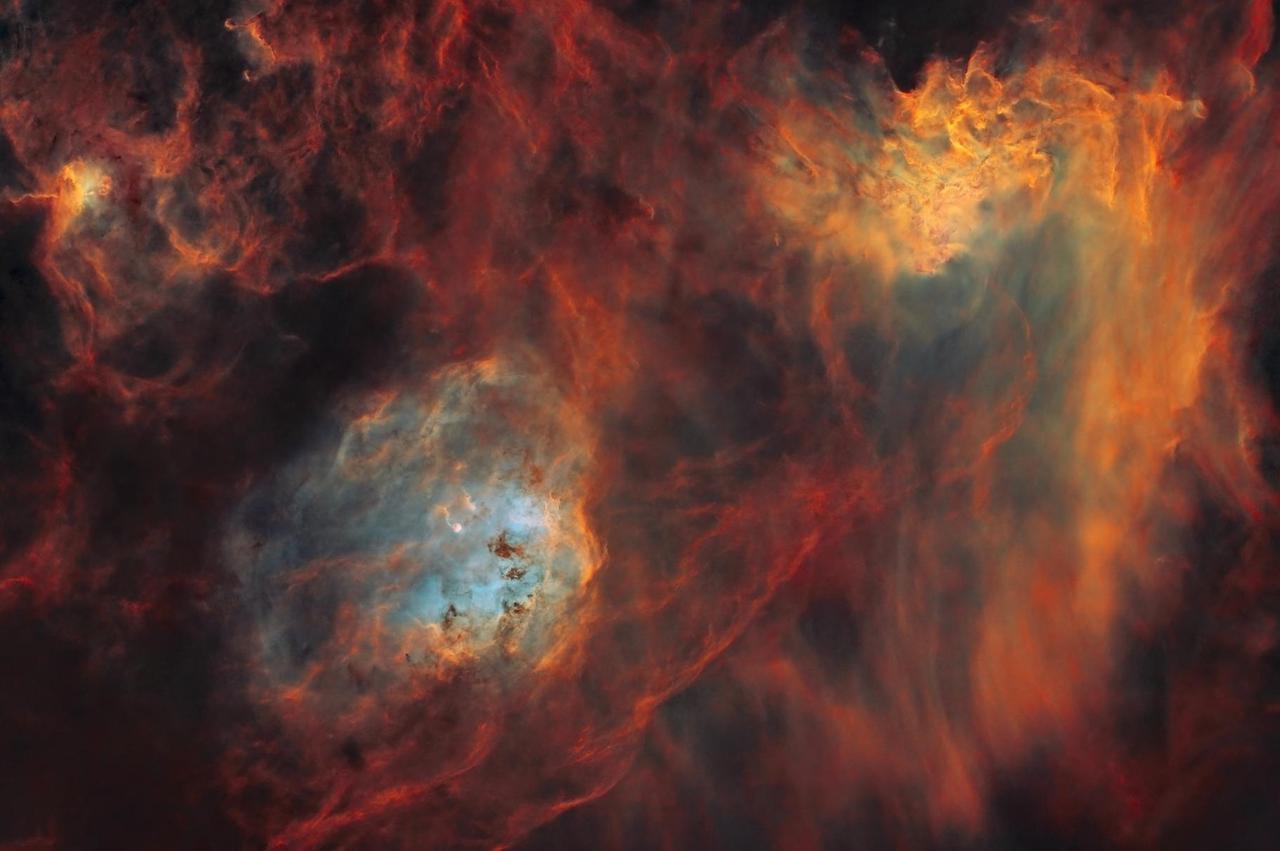
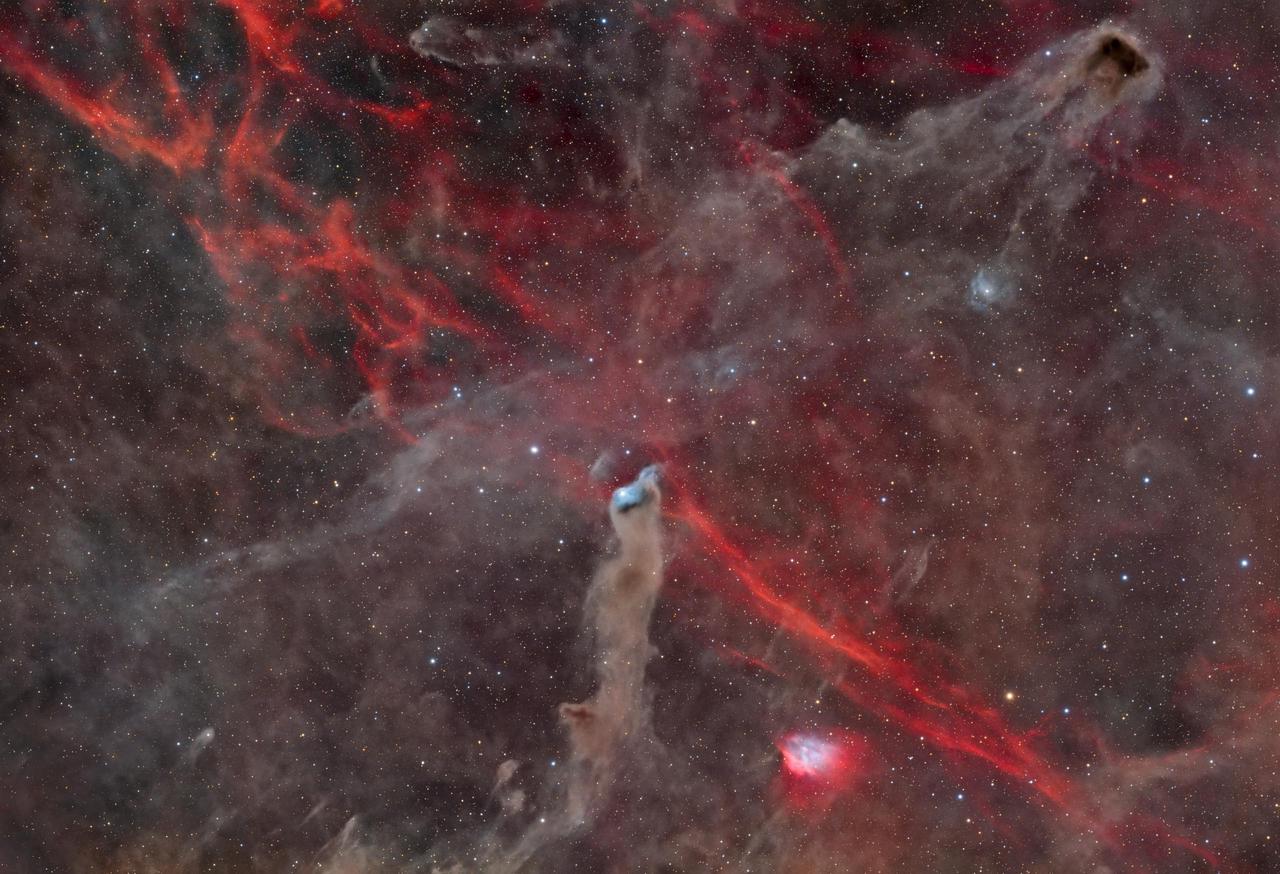

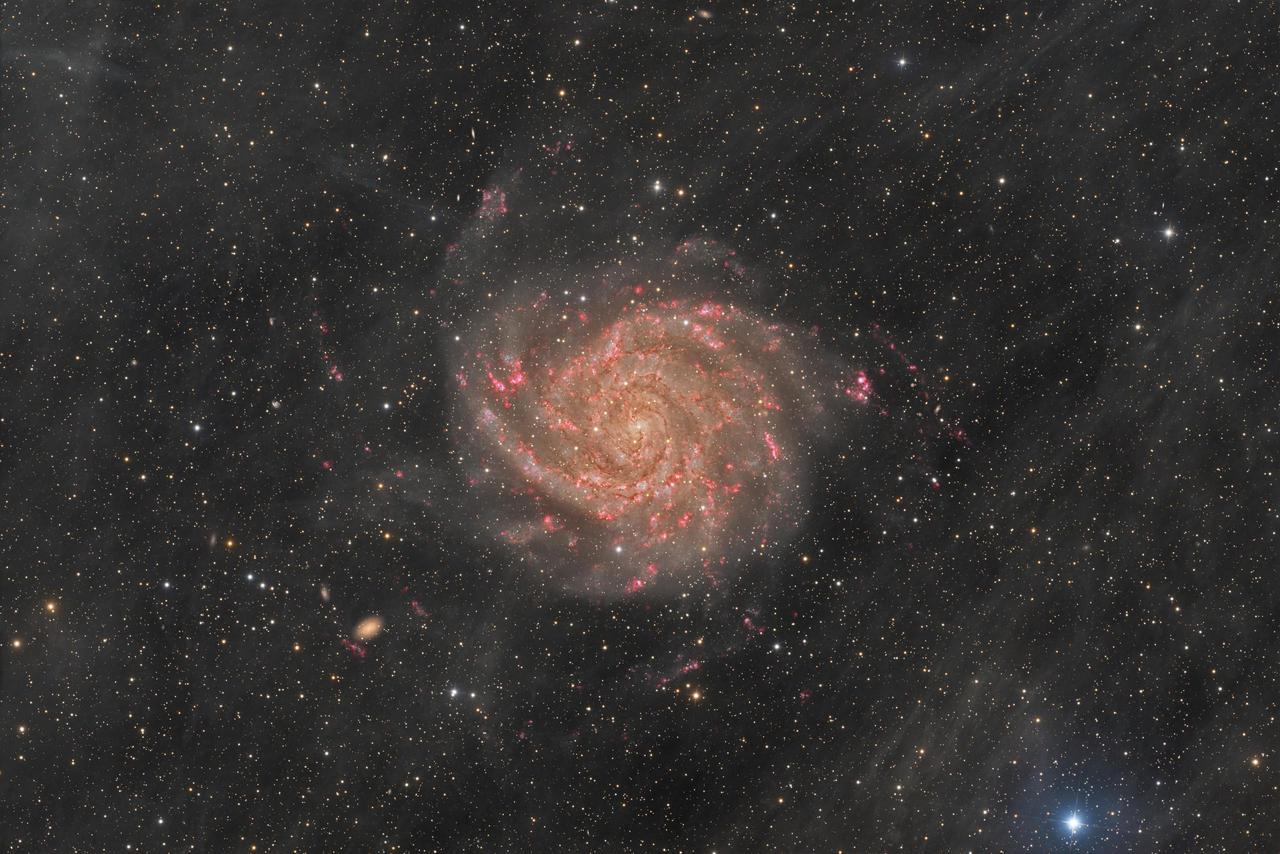

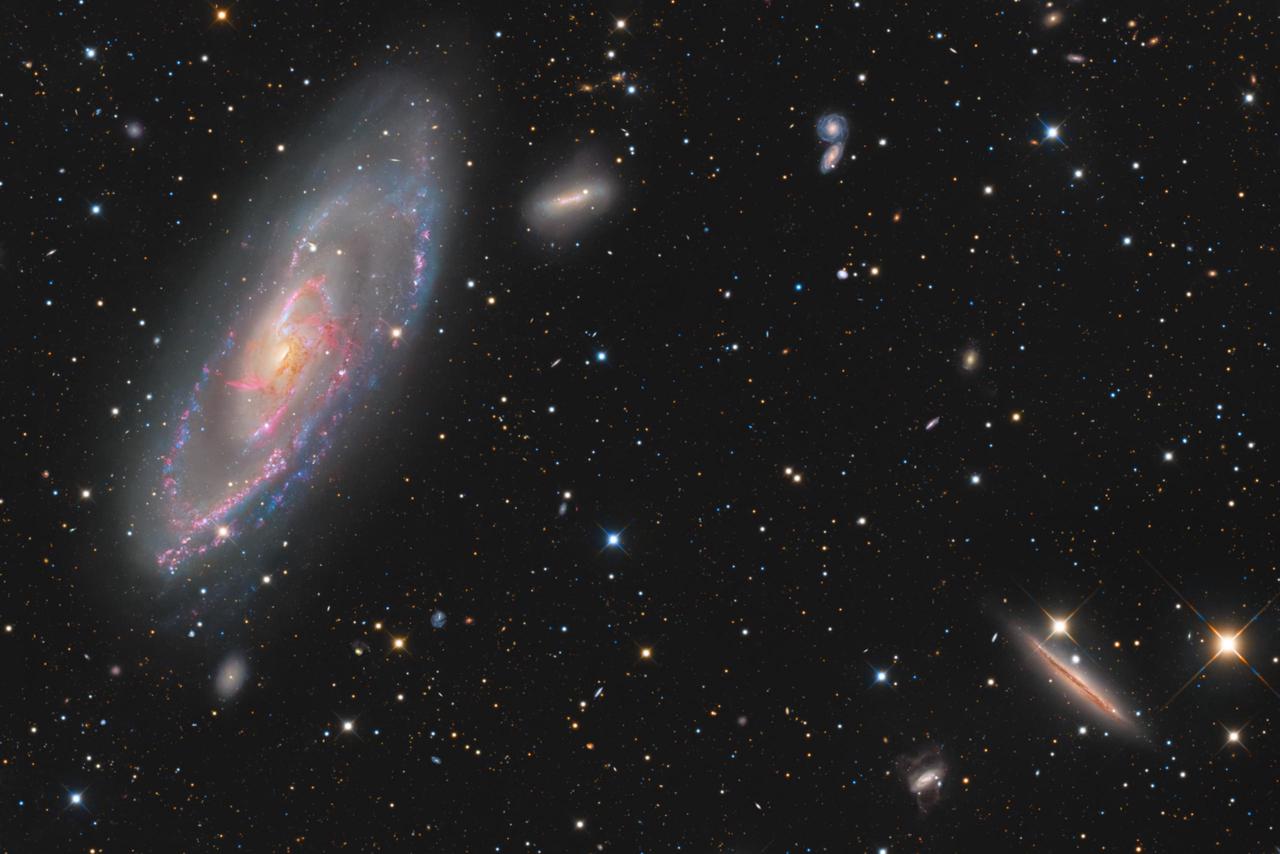
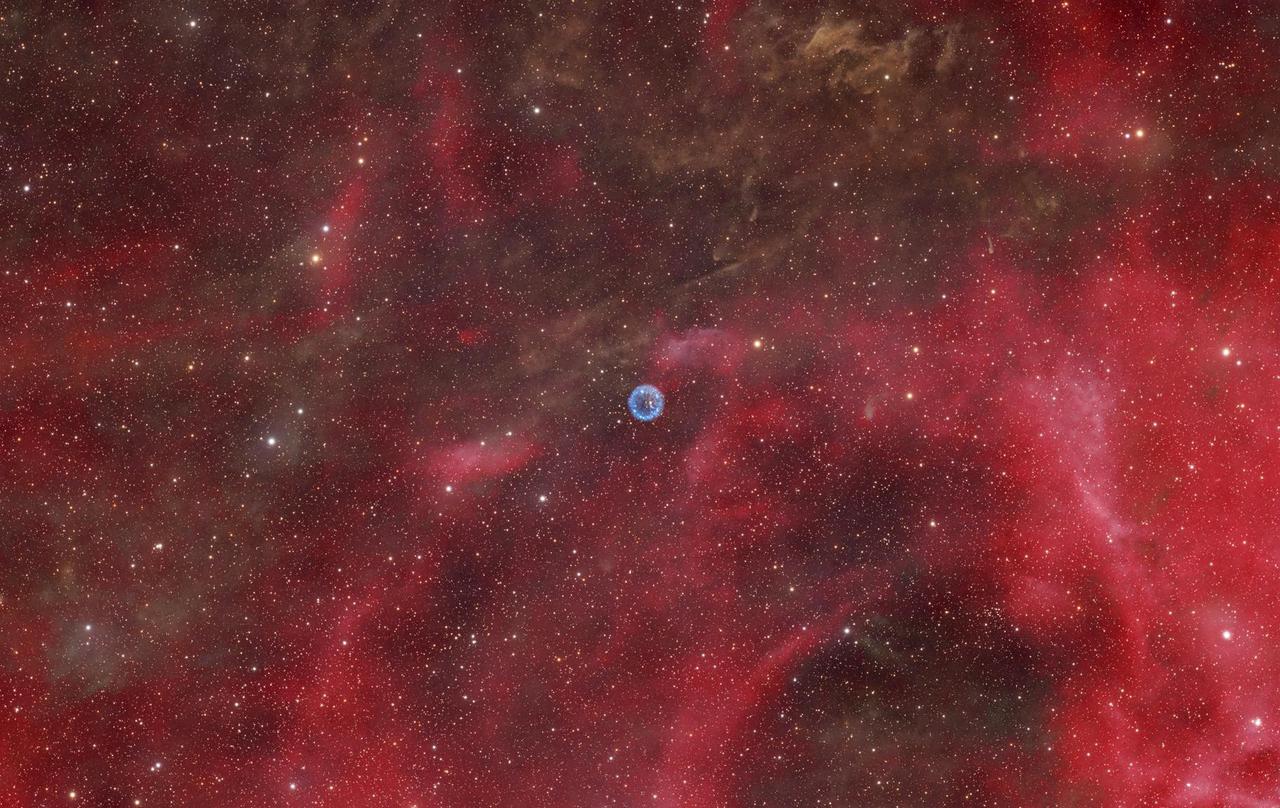
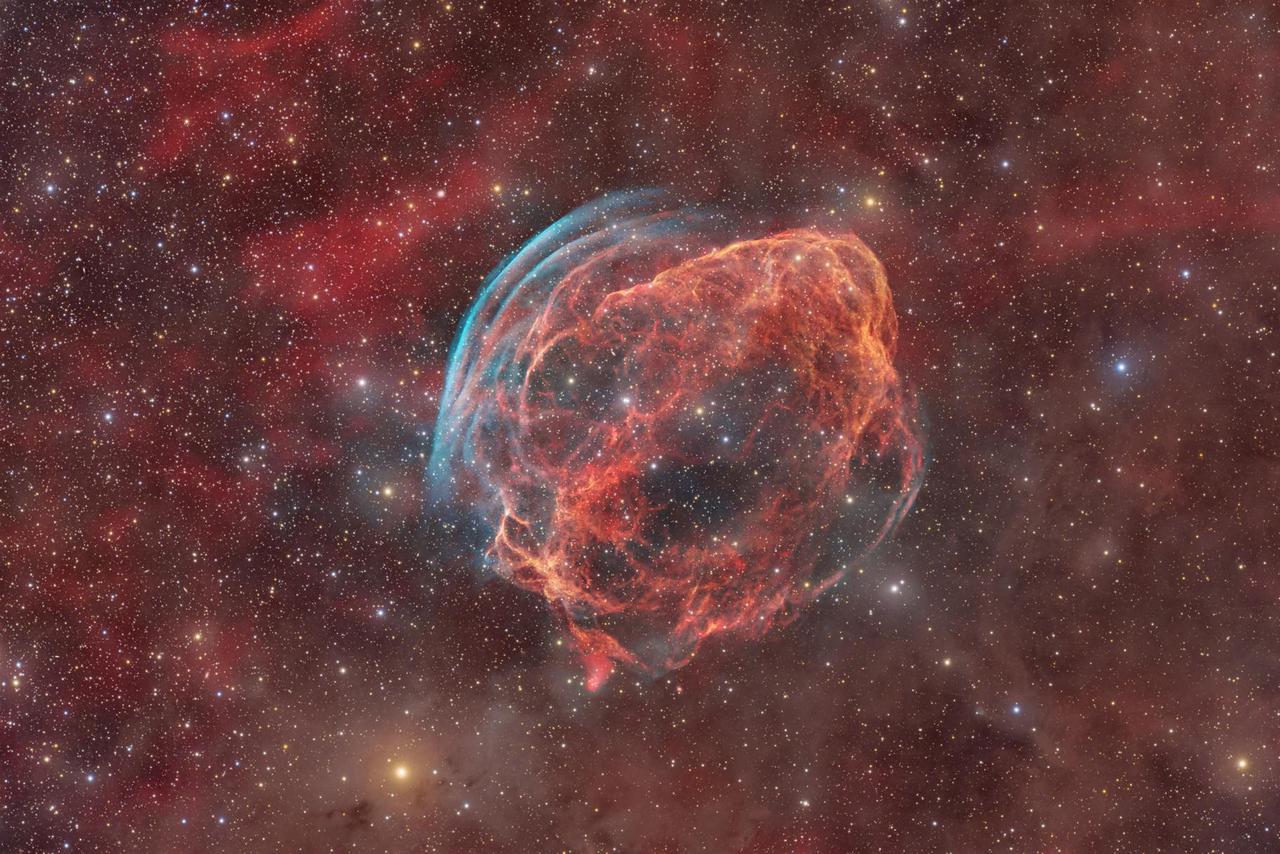
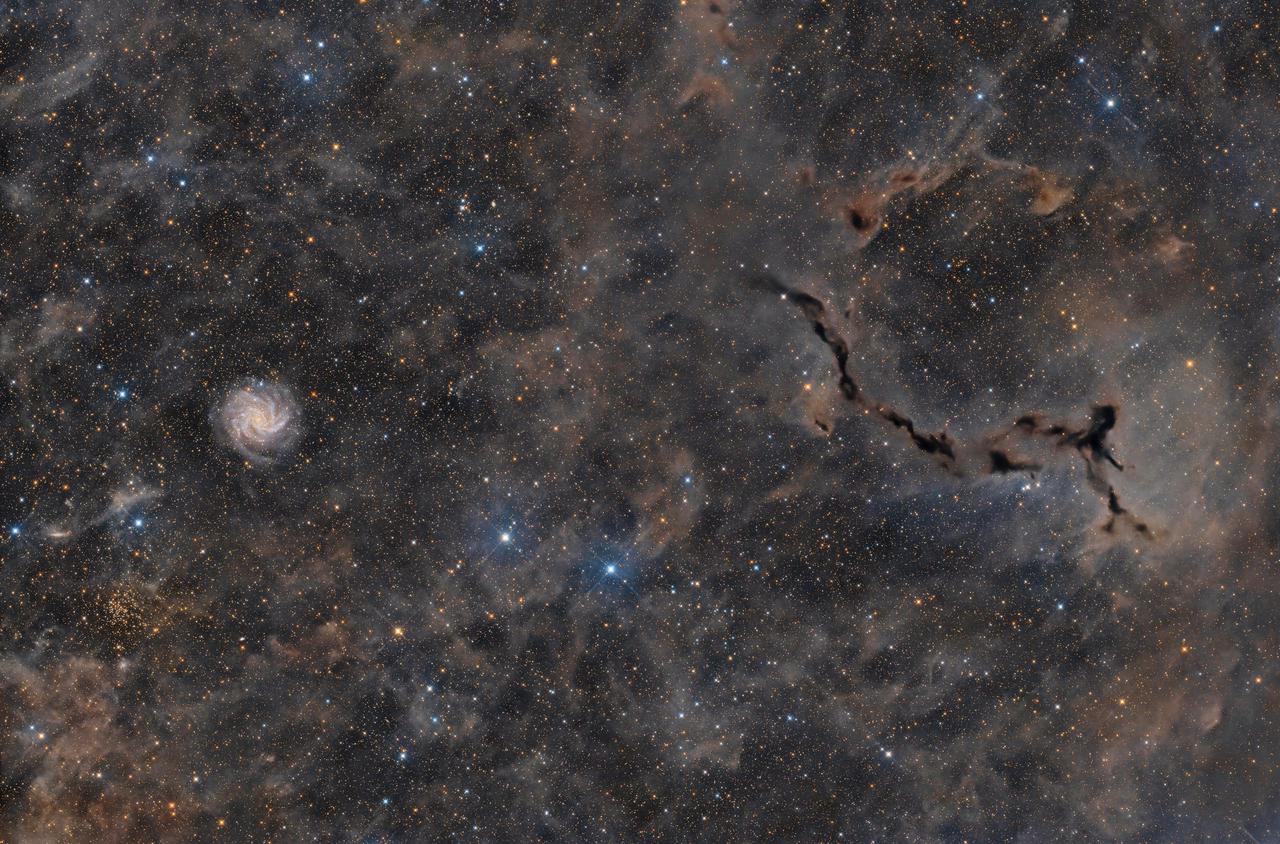

In one of the world’s most light-polluted cities, 54-year-old Marty Tang is proving that passion—and planning—can overcome almost anything. “I don’t know why, but some people are just drawn to

In the quiet town of Romano d’Ezzelino in northeastern Italy, not far from Venice, lives telecommunications engineer and marketing manager Alessandro Ravagnin. A lifelong space enthusiast with a love for

From June 25th to June 29th, under the pristine, dark skies of Northern California, nearly 500 stargazers, astrophotographers, and cosmic dreamers gathered for the Golden State Star Party (GSSP)—a celebration
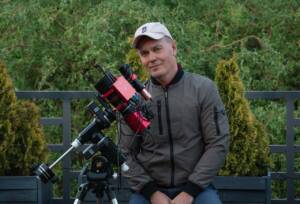
“Ever since I was a kid, I’ve been fascinated by the universe.”“I wouldn’t say it has changed me fundamentally, but it’s definitely become an important part of my life.”That simple

To most people, this might just look like a pretty picture. But to astrophotographer Cem Diken, it’s the result of three years of chasing a nearly invisible ghost in the